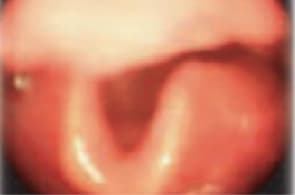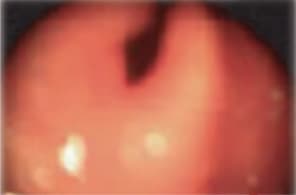Understanding HAE
Not real patients.
On average, an untreated patient will experience 2 to 4 attacks each month.
Take your first step toward learning more about preventive therapy
by talking with your doctor.
Download the doctor discussion guide
Triggers of an HAE attack
In both children and adults, most HAE attacks occur without any warning. Yet some patients have been able to identify triggers that seem to set off their attacks. These triggers can vary from person to person and can be particularly difficult for children to identify or describe to their caregivers, such as:
- Emotional stress
- Injury
- Infection
- Dental procedures or tonsillectomy
- Hormonal influences, like menstruation
- Mechanical pressure from physical activities, like typing or mowing the lawn
It’s important to recognize what types of activities and situations may lead to you or your child’s attacks. Keeping a journal of these episodes may help better communicate symptoms and triggers to your doctor.
You might also be interested in:
![CINRYZE® (C1 esterase inhibitor [human]) Logo](/dist/images/hdr-logo2.png)






